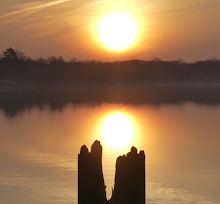Bon jour! – We're still in "Little France" ...
... and still "suffering" from tropical temps here in Akaroa.
We stay at "Potters' Croft" at Rue Grehan and when we walk to and from downtown we pass this small street. Rue Matics may just give you backaches because it is quite steep.
In the morning we boarded a vessel and went to sea to see some wildlife – and to get some cool air in the hair.
This small (50 kg, 130cm) dolphin is endemic to New Zealand.
The two most distinctive features are the small body size and the rounded dorsal fin.
Another wildlife treat was even smaller: The Blue Penguin (Eudyptula minor).
This is a species native to New Zealand and it is the smallest of all penguins (1.1 kg and 40 cm)
At this time of the year, the Blue Penguins are done breeding and the adults are busy molting all their feathers. Accordingly, the plumage has a very moth-eaten look.
After a French caffeine pit stop we ventured home for an extensive siesta during the sizzling hot hours.
As dinner time approached, the giant Long-finned Eels in the creek just below our terrace became active and got some snacks. The big one is about 80 years old and as thick as my leg.
. . .
Oh yes, we also paid a visit to the local museum.
One of the exhibits was me – or my doppelgänger!!
 |
| Hugh Wilson, botanist and conservationist |













































































